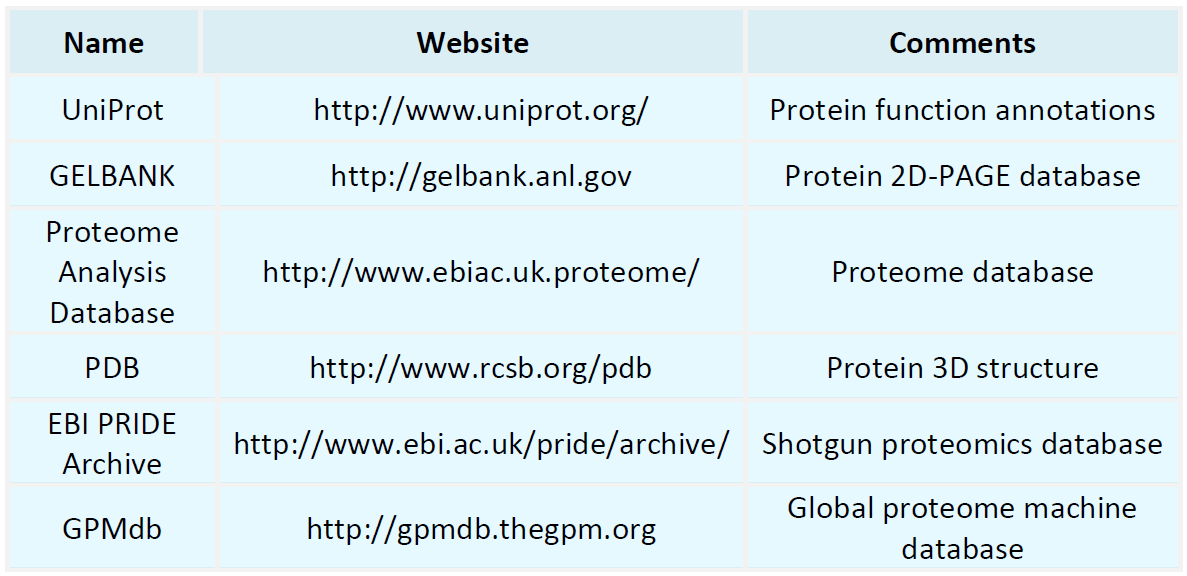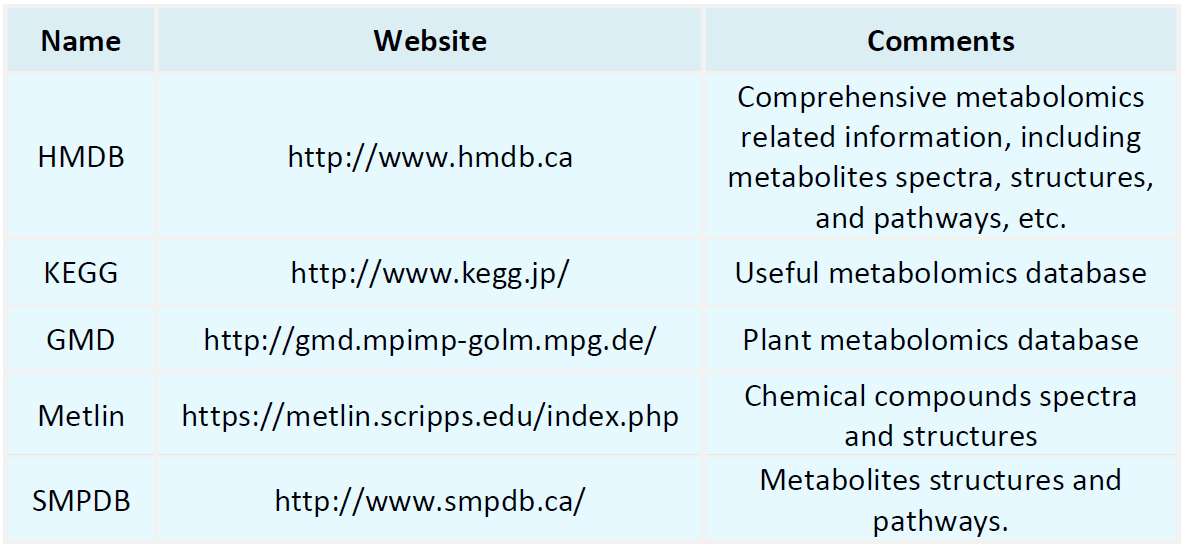Resources
Proteomics Databases

Metabolomics Databases

-
• Proteolysis Targeting Chimeras (PROTACs)
Proteolysis targeting chimeras (PROTACs) are a class of bifunctional small molecules designed to induce selective degradation of specific proteins. Unlike traditional small-molecule inhibitors that act by occupying the active sites of target proteins, PROTACs hijack the endogenous ubiquitin–proteasome system to label target proteins for degradation, thereby eliminating their function at the source. This approach opens new avenues for tackling previously undruggable targets, including non-enzymatic pro......
-
• End-Group Analysis of Polymer
End-group analysis of polymer is a critical analytical technique for investigating polymer molecular structures, elucidating reaction mechanisms, and characterizing material properties. End-groups, the chemical functionalities located at the termini of polymer chains, play a pivotal role in polymerization processes, degradation behaviors, and the performance of polymeric materials. Precise end-group analysis of polymer enables researchers to infer polymerization mechanisms, regulate polymer molecular ......
-
• Mass Spectrometry Flow Cytometry
Mass spectrometry flow cytometry has emerged as a powerful analytical tool for dissecting cellular functions. Recently, this technique has been extensively applied in fields such as immunology, oncology, stem cell research, and drug development. In immunological research, mass spectrometry flow cytometry precisely characterizes the diversity and functional status of immune cells, enabling researchers to elucidate the mechanisms underlying complex immune responses and deepen the understanding of dynami......
-
DSC chemical analysis is a vital analytical technique for investigating the thermal properties of materials, with extensive applications in protein research, drug development, polymer characterization, and food science. The fundamental principle of DSC chemical analysis involves comparing the differences in heat flow between a sample and a reference material under identical temperature conditions. During experiments, samples and reference materials are placed into separate, sealed sample pans and scan......
-
• Single-Cell Methylation Sequencing
Single-cell methylation sequencing is an advanced technology employed to investigate DNA methylation status at the single-cell level. DNA methylation involves the addition of methyl groups to DNA molecules, a modification that plays a critical role in gene expression regulation, genomic stability, and cellular differentiation. This technology is highly valuable in biological research, medical diagnostics, and therapeutic development, enabling researchers to gain profound insights into the molecular me......
-
Single-cell NGS sequencing is an advanced technology that allows researchers to obtain genomic and transcriptomic information at the individual cell level. This approach employs high-throughput sequencing methods to analyze DNA or RNA from single cells, thereby uncovering distinct molecular profiles within individual cells. In cancer research, single-cell NGS sequencing provides novel insights that enable researchers to identify specific cellular subpopulations within tumors and characterize their spa......
-
• Ultra High Throughput Screening
Ultra high throughput screening utilizes automated and miniaturized platforms to rapidly screen extensive compound libraries, identifying potential active molecules, drug targets, or biomarkers. In drug discovery, ultra high throughput screening is widely applied to identify compounds exhibiting biological activity against specific targets, which typically include proteins, enzymes, or other biomolecules closely involved in disease pathogenesis and progression. By screening against these targets, scie......
-
Bulk TCR sequencing is a technique employed for analyzing the genes encoding T-cell receptors (TCRs). The TCR is a key molecule located on the surface of T cells, primarily responsible for recognizing and binding antigens derived from foreign pathogens, thereby initiating immune responses. Because each T cell harbors a unique TCR sequence, the immune system can identify and respond to diverse pathogens. Through bulk TCR sequencing, researchers can conduct deep sequencing on large-scale T-cell samples,......
-
LC-MS screening is an efficient analytical technique integrating liquid chromatography (LC) with mass spectrometry (MS). Its primary function is to separate and identify various molecules within samples and analyze them according to their mass and chemical characteristics. LC-MS screening plays an important role in proteomics research, as it enables the identification and quantification of proteins in samples and allows researchers to study protein dynamics comprehensively. Through LC-MS screening, sc......
-
• HTS (High-Throughput Screening)
HTS (high-throughput screening) aims to rapidly analyze and evaluate the biological activity or characteristics of large numbers of compounds, proteins, or other biomolecules. Central to this method is the use of automated equipment and miniaturization technologies, which enable rapid, systematic analysis of extensive sample sets to identify potentially bioactive compounds, antibodies, or genes. The applications of HTS span a broad range of fields, from drug discovery to fundamental biological researc......
How to order?







